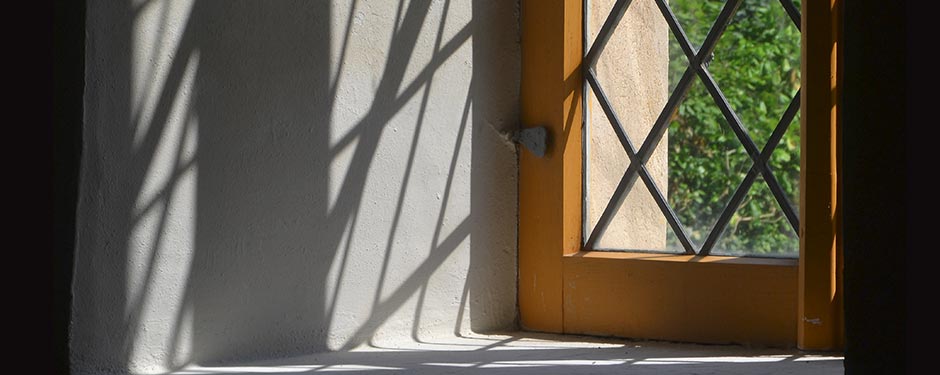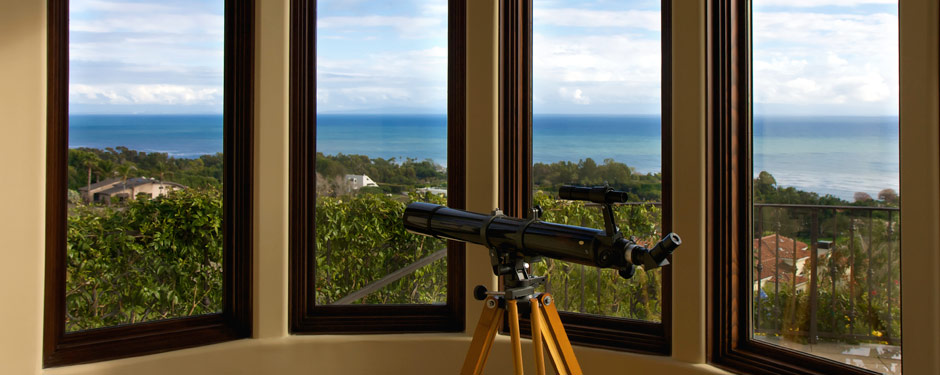Window Replacement Find a Trusted Contractor to Help
Is It Time To Replace Your Window(s)?
We are constantly bombarded by signals from our gadgets that require our attention. You get a notification on your phone when there’s a new message or low battery. Common household appliances now remind you to change its filters, swamp batteries or perform other maintenance in order to ensure continued performance.
Unfortunately, no one has yet invented a window that will clearly tell you when it’s time to be replaced. So here are ten signs to look out for that it may be time for a window replacement:
- It’s difficult to open and/or close.This is common in single- or double-hung windows that are old. If you are needing more than a little strength to open or shut the window, it needs to be replaced. The same rule applies if you need a stick, yardstick, or other object to prop the window open and keep it from slamming shut on your hands.
- You notice paint peeling on the exterior of your home near the windows. This could mean one of two things. The frame of the old window is contracting and expanding from being exposed to extreme temperatures. Or moisture is seeping out through gaps around your windows and onto your exterior paint. Both of these phenomena can cause paint to peel.
- You hear more noise through the window than you used to. Unless your neighbors have suddenly gotten louder, an increase in the volume of noise may indicate that the window isn’t well-insulated anymore. Or there could be a gap that is allowing the outside sounds to filter indoors.
- You notice condensation in between the panes of your double- or triple-pane window. This could manifest as either small water droplets, fogged glass, or a white film. Whatever it is, it shows you that the seal is broken and the insulation isn’t doing its job. Left unchecked, this could lead to mold and mildew buildup, which can affect other parts of your house.
- In winter, you see ice or frost buildup on your window. This is the condensation equivalent for single-pane windows. It’s a sure sign that the thermal insulation in the window has broken down.
- In summer, you feel warm (or hot) spots on parts of the window. This is what happens when the insulation deteriorates during the warmer months. If there are spots that are warmer than others, the window isn’t protecting you from the elements very well.
- You feel drafts. Obviously, if you can feel air moving on your skin while standing near a closed window, there’s something wrong. Another test is to light a candle or incense stick near the window and watch the smoke; if you see it wiggle or fly away, air is getting in somewhere.
- The window frame is “soft.” Try this: get a flathead screwdriver and tap lightly on the window frame with it. If the wood dents easily, there’s a strong possibility that decay has set in … and you should replace the window before the damage gets worse.
- The seal or caulk has failed. Here’s another experiment: have someone else go outside and shine a flashlight at the window frame, making sure the beam moves around its entire perimeter. If you see light shining through around the window, the caulk and/or seal isn’t keeping air out of your house very well.
- Your energy bills have skyrocketed. If you haven’t changed your thermostat drastically but you notice a spike in your bills, your windows may be the culprit. Poor insulation can be causing your air conditioner or heater to work harder, which uses more electricity or gas.
Replacing your old windows with newer, energy-efficient windows isn’t difficult, especially if you hire a pro from Trusted Home Contractors. Most contractors can replace a single window in a couple of hours and multiple windows in a single day. So there’s no need to procrastinate once you make the decision that it’s time for new windows. End
Chris Martin is a freelance writer who has penned articles about replacing windows, gutters, car parts…and even employees.







